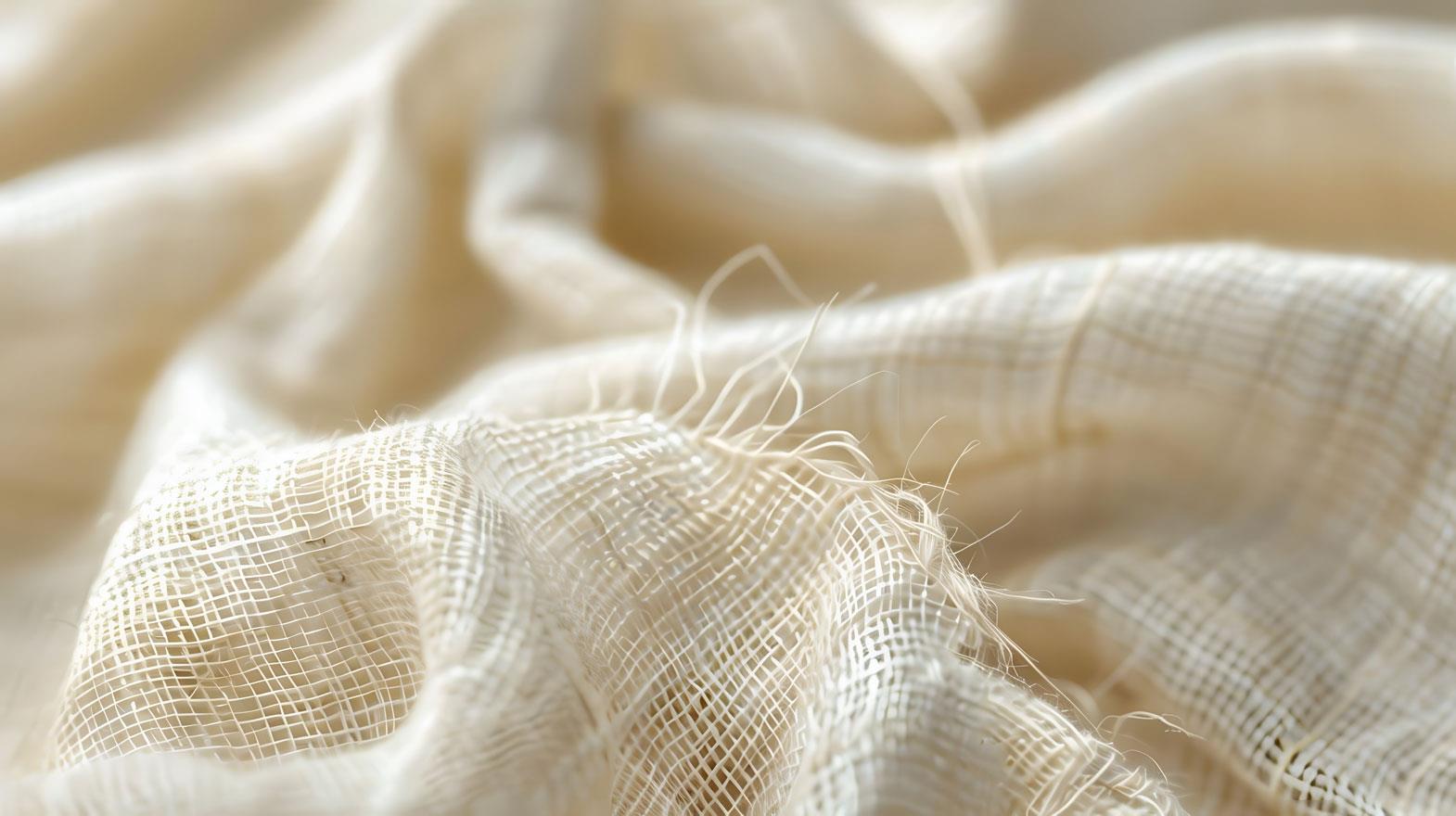There is a common misconception that creating sustainable products requires compromising on quality. To debunk this notion, an Italian label recently showcased its Spring-Summer 2014 collection featuring garments made from special high-tech yarn. This fiber was created by recycling used plastic bottles into polymer. The manufacturing process for this fiber is entirely mechanical, reducing the carbon footprint. Moreover, this new fiber offers customers a high level of satisfaction with its comfort, quality, and commitment to sustainability.
In Bangladesh, local women have been given an opportunity to earn a fair living through "Hand & Cloth," a social organization that helps these women create beautiful quilts from reclaimed fabrics. These quilts are made using a traditional embroidery technique called 'kantha.' The reclaimed fabrics are hand-stitched and redesigned by Bangladeshi women, resulting in original designs on each blanket that reflect the rich culture and tradition of the artisans. These previously disadvantaged women have found a dignified way to work through handmade textiles.
Textile dyeing is one of the most polluting processes in the garment industry. It not only consumes a large quantity of water and chemicals but also generates toxic effluents that require extensive treatment before being released into the environment. Scientists have discovered a sustainable approach to address this significant environmental problem.
Their research has revealed that by feeding silkworm larvae with spray-dyed mulberry leaves, naturally colored cocoons can be obtained. This diet of dyed leaves can save a substantial amount of water and chemicals that are typically used in traditional dyeing processes. However, scientists are still working on various aspects of this innovation, as not all colorants will work in the same way.
Hand-woven Cambodian textile has been popularized by a French designer. The textile is known as Lotus fabric, which is derived from the waste stems of lotus plant also known as 'Nelumbo nucifera'. The fabric feels like a mix of linen and raw silk and is breathable, waterproof, wrinkle free and stain resistant. It is a natural, waste-free alternative to waterproof synthetic fabrics.
In olden days this textile was used to make robes of Buddhist monks. Today, it is a sustainable fabric which is natural and practically has zero waste. The leftover pieces are used in making lotus tea and flour.
A breakthrough method for making textiles has been introduced by Scandinavian art and science students in collaboration with a university. Ioncell is world's first fiber produced from cellulose based ionic solvents. This fiber is manufactured using a sticky material made from mixture of plant material and ionic liquid, which is alchemized into high quality textile through a process involving many steps.
This fabric is an eco-friendly alternative to rayon and cotton as it does not need water, cultivation land, harmful chemicals for production unlike cotton. This innovation is another great step in the development of sustainable fibers and textiles.
Polyester is widely used synthetic fiber in the apparel industry. However, one cannot ignore the environmental impacts it brings along, due to the use of petrochemicals. Scientist in Japan have developed worlds first renewable, bio-based polyester fiber by using bio-based paraxylene derived from distilling bio-fuel instead of crude oil. It is reported that approximately 40 million tons of polyester fiber is produced in the world every year.
Studies also show that conventional polyester is readily absorbed by the skin and is known to disturb the growth and performance of reproductive organs. Moreover, the use of polyester is not limited to clothing, as it is used in furniture, pillow stuffing, shower curtain and many other non-wearable fabric items.
This bio-based fiber behaves in the same manner as the conventional polyester fiber other than being non-toxic. This discovery is a noteworthy step towards the development of sustainable fibers. If all goes fine, polyester fiber can be produced from fully renewable bio-based raw materials alone.
Designers have come up with a natural, lightweight, cool fabric made from Australian merino sheep wool. This fabric is perfect for summer, as this wool can manage body temperature better than cotton, nylon or polyester. The wool is processed using advanced technology. Some designers have showcased their garments made from this cool fabric in their Spring/Summer 2014 collection in London fashion week. Besides, it is also a step to create awareness about this biodegradable and renewable textile in the fashion world.
Textile dyes and other polluting elements from the textile industry destroy the water sources. The dyes are harmful and discolor the water in such a manner that plants and algae do not get enough sunlight. Water resources near the textile factories in South America, India and China are facing high risk as the waste from the industries are dumped into the water, killing the plant and animal life and making the water undrinkable.
Researchers in Columbia are developing a low cost and natural technique to clean the polluted water using plant fibers. Their studies show that if Colombian fique plant fibers are treated using a simple technique, by filling their tiny cellulose cavities with manganese oxide molecules, it can absorb up to 99% of the dye in the water. This fiber is placed into the polluted waters where the fibers soak up the dyes. Moreover, the plant fibers can be reused many times.
The technique is still in the testing phase trying other materials to develop a low cost method to treat polluted water. Such developments play a significant role in creating a sustainable environment. In the past, textile development used to focus on one particular need without thinking about the future impacts. Today, widespread awareness has completely changed the scenario. The researchers, scientist and designers are leaving no stones unturned to develop sustainable fibers and fabrics.
References:
1. Sd-commission.org.uk
2. Ecouterre.com









Comments